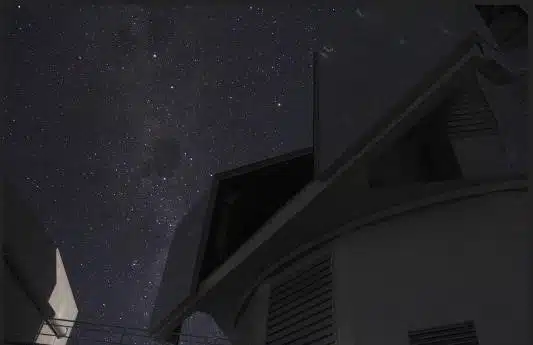Andy Casey – Monash University
Mysterious lithium-rich stars either have hidden twins or have devoured their own planets, a new study has found.
A team of astrophysicists has discovered 2,330 giant stars with huge amounts of lithium. Theory says stars like this should not exist, says Monash University’s Dr Andy Casey.
“Lithium is a fragile element in the cosmos: it’s easy to destroy in stars, and very difficult to create. So it made sense that old, giant stars should have destroyed all of their lithium,” says Andy.
That was mostly true. But in the last four decades some 150 lithium-rich giants had been discovered among the billions of stars in our Milky Way galaxy. Their very existence was at odds with how astronomers think stars evolve, and how chemical elements are made.
Andy and his team found that most lithium-rich giants probably have a second star orbiting around them. [The interactions between those stars can stir up the giant, creating the conditions needed to make lithium and mix it up to the surface of the star.
But for some lithium-rich giant stars that don’t have a second star orbiting, Andy finds there is only one explanation left.
“Stars expand in size when they become giants, and it looks like some of these lithium-rich giants may have destroyed their planets. In four billion years our Sun will become a giant too, and eat up lithium-rich planets in our Solar system – possibly including Earth.”
Image: Peering past the dome of the Magellan (Clay) telescope to the night sky from Las Campanas Observatory, Chile.





 Fresh Science is on hold for 2022. We will be back in 2023.
Fresh Science is on hold for 2022. We will be back in 2023.